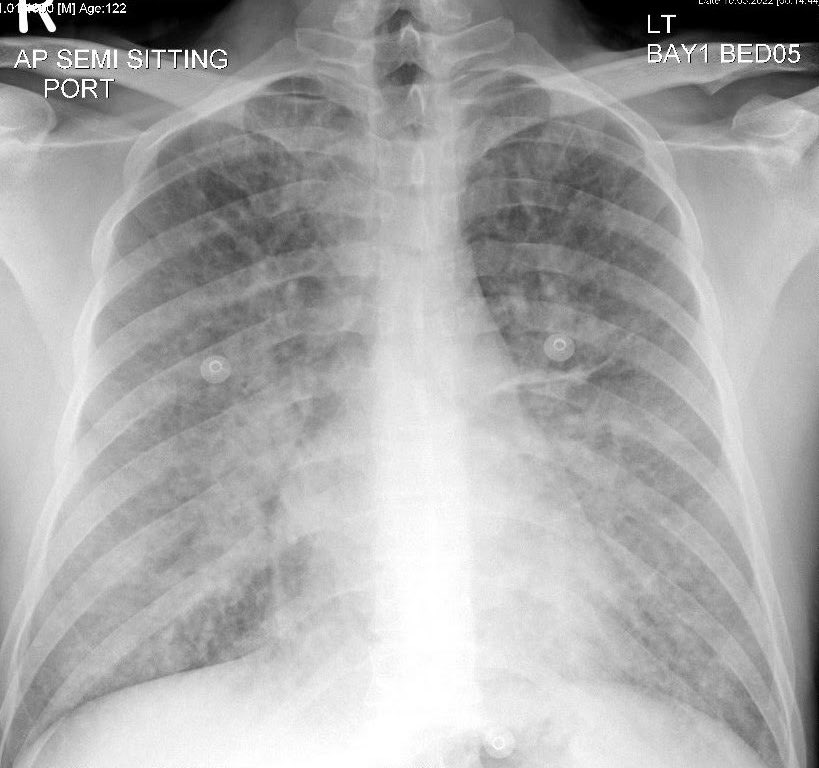
1/n #POCUS Acute right scrotal pain. Performed awaiting scrotal exploration. "Saddle view" from inferior poles to assess gross difference between echotexture 

2/n The normal (Left) testis - shows normal internal septal architecture with pulsatile blood flow on color power doppler, with normal overlying skin thickness.
3/n Right testis is swollen, disturbed architecture with heterogenous echoes due to edema and absent flow on CPD
4/n Sweeping across deep inguinal ring to root of scrotum, "whirlpool" sign of right spermatic cord torsion noted
5/n Normal left spermatic cord for comparison
6/6 Presentation was after 24 hours, however the testis was viable and survived. Great SR by @Lmellick... pubmed.ncbi.nlm.nih.gov/28953100 - unto 18% testes still viable after 24 h. Recently discussed on @emrap_tweets with @EMSwami
@threadreaderapp unroll please
• • •
Missing some Tweet in this thread? You can try to
force a refresh












